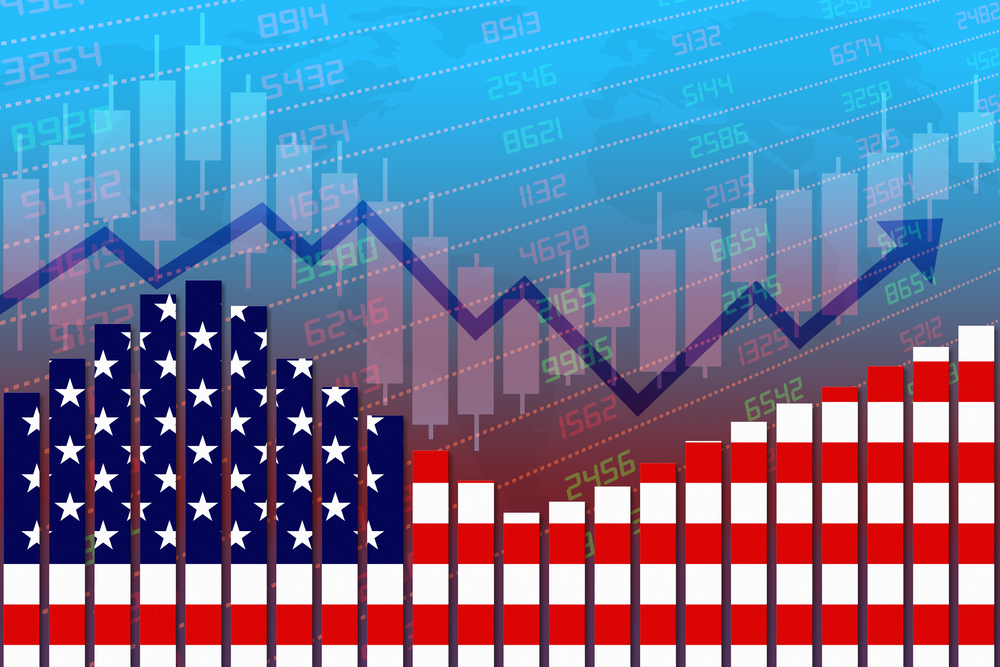It’s time to take a fresh look at where we are in terms of market returns and the economic outlook for 2023.
This is a useful exercise that allows me to evaluate the accuracy (and errors) of past forecasts – and to adjust my outlook based on recent data and events.
And while it’s not possible to time either the market or the economy (and unwise to even try), having a sense of the more likely paths the two will take can definitely make us better investors.
Looking back a few months, I posited in November of last year that the stock market’s trajectory since President Joe Biden took office has been largely consistent with the historical presidential market cycle.
In that well-known cycle, the market tends to be up moderately in the first year of a new president’s term.
It falls in the second year and puts in a bottom within a month or so of the midterm elections.
The market then climbs from there and puts in its best year of the cycle in year three (that’s this year).
Finally, share price growth moderates in year four but remains positive.
The average historical cycle looks like this…

In the current cycle under Biden, we saw the S&P 500 rise about 27% in year one. Last year (year two), it was down about 20% and put in what looks like a bottom just weeks before the November midterm elections.
So far this year (year three), the S&P is up almost 6%.
That’s consistent with the historical cycle, which would suggest we’re in for a great 2023.
Even better, according to the Stock Trader’s Almanac, since 1914 the average gain for the Dow Jones Industrial Average from a president’s midterm-year low to third-year high is 47%. Right now, the Dow is up about 16% from its late-September low, which suggests this rally has room to run.
What About the Fed?
Much of what happens this year in the markets, of course, will depend on what the economy does and how the Federal Reserve reacts to it.
And that is constantly changing according to available economic data.
But remember that data – inflation, unemployment and new jobs added, GDP growth, etc. – is like a bunch of clues to an enormous mystery. We don’t really know exactly what’s happening with the economy or what it will do. We (and the Fed) can only make educated guesses based on those numbers.
That said, the numbers at the moment remain positive for investors.
Inflation is coming down. The Fed’s preferred measure, the personal consumption expenditures price index, was up 5% year over year in December. That’s the smallest increase since September 2021.
Meanwhile, the unemployment rate remains near a multidecade low of 3.4%. That suggests the labor market is healthy despite the Fed’s dramatic interest rate hikes of the past 12 months.
And one data point I watch closely, the labor force participation rate, continues to tick up, albeit slowly. This suggests that workers who quit during the COVID-19 pandemic are slowly returning to the workforce. And that will help ease inflation.
To be sure, the Fed continues to maintain a very hawkish tone, suggesting it will take its benchmark interest rate higher this year and leave it there for longer.
But that could be a signal that the Fed may not have the power it once did. Many people and industries these days are just less sensitive to changes in interest rates than they once were.
For example, your mortgage payment is likely your biggest expense every month. And historically, rising interest rates pushed up mortgage rates, making people’s payments bigger and slowing their spending elsewhere and the economy with it. But not so much anymore. About two-thirds of Americans with mortgage debt locked in a rate of 4% or lower. While the Fed’s hikes have pushed the average rate on a new mortgage to almost 7%, most people aren’t feeling it.
Finally, there’s no shortage of commentators predicting we’ll get a recession and a precipitous drop in market indexes this year.
And they may be right.
But as I pointed out last week, over the entire history of the stock market nothing has been able to divert it from its relentless long-term upward climb.
All that said, I’m optimistic about both the economy and the market this year. As is Alexander Green.
As Oracle of Omaha Warren Buffett wrote in his 2021 letter to shareholders… “Never bet against America.”
